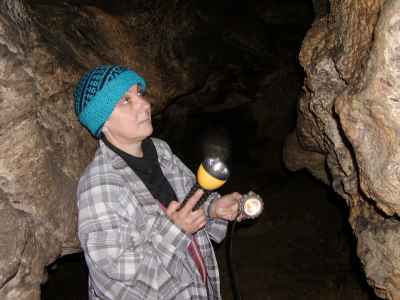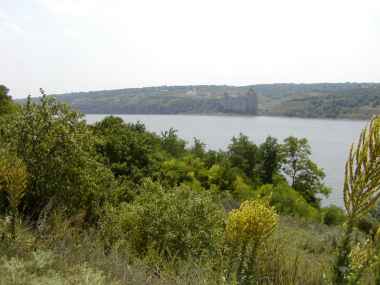Course 1:
Trypillian Proto-Civilization
Between the long eras of proto-historical hunter societies
and the epoch of the first civilizations (such as those in Egypt and Mesopotamia)
lies a long period. This period is associated with the formation of the
bases of these civilizations, such as the creation of reproductive economies,
handicrafts, first bridges, and written language. These historical-cultural
periods of human development are called "proto-civilizations". Among the
agricultural proto-civilizations of ancient Europe, the Trypillian proto-civilization
existed from the 6th until the end of 4th millennium
BC. This was a contemporary to proto-civilizations in Egypt, Mesopotamia,
Hindus valley, and China. During this period these proto-civilizations
were at approximately the same level of development. During the 5th
millennium BC, when agricultural proto-civilizations in the Balkans and
Central Europe were gradually disappearing, the Trypillian culture (in
Ukraine, on the boundaries of the European "civilized world" of that time)
continued to flourish for another millennium. Proto-cities, monumental
architecture, first foundations, handicrafts (metallurgies, weaving, ceramics),
denotation systems as written language, all continued to develop and are
reasons to consider Trypillia as one of the most interesting and developed
proto-civilizations. |
 View on place of Trypillya-culture proto-city near Maydanets'ke.
View on place of Trypillya-culture proto-city near Maydanets'ke.

Reconstruction of Trypillya-culture proto-city near Maydanets'ke
|
 Wiziting Verteba cave
Wiziting Verteba cave
|
This course will have 26 academic hours of instruction
(1.5 credits), including 14 lectures, 10 hours of practical studies including
visits to museums and participation in archaeological expeditions, and
2 hours for the final exam. Archaeological expeditions include participation
in excavations of Trypillian settlements, study of some elements of archaeological
searches, and visits to places of existing remarkable archaeological discoveries.
Students from both courses will participate in a short academic conference,
presenting scientific abstracts. There will be a final exam at the end
of the program, to receive credit from Kyiv Mohyla Academy. |
|
Course 2:
Ancient Farmers of Ukraine
This course is devoted to questions about the formation and
development of early farming cultures on the territory of present Ukraine
(7th - 4th millennium BC). Present-day Ukraine is
a territory where at least twelve Neolithic archaeological cultures flourished.
Some of them survived until the Copper Age and even until the beginning
of the Bronze Age. During the Copper Age several qualitative changes took
place in the agricultural economies. They spread over wider territories
and achieve high level of development. The ancient agricultural formations
of Ukraine became a part of the civilization of Ancient Europe. Therefore,
an important part of this course will be the chronologies, the synchronization
of Neolithic cultures of central and southeast Europe. |
 |

Dnister river near the Khotyn fortress
|
This course will have 26 academic hours of instruction
(1.5 credits), including 14-hours of lectures, 10 hours of practical studies
including visits to museums and participation in archaeological expeditions,
and 2 hours for the final exam. Students from both courses will participate
in a short academic conference, presenting scientific abstracts. There
will be a final exam at the end of the program, to receive credit from
Kyiv Mohyla Academy. |
|
|
|
Requests for this study course must be
received not later than April 1, 2003
|
To apply for this program, students must request the application
package by e-mail, regular mail, or on the phone:
study@trypillia.com
Kolos Corporation 5841
Colfax Ave Alexandria,
VA 22311
(703) 593-8522
USA
|
|
back to overview
|
|
|







